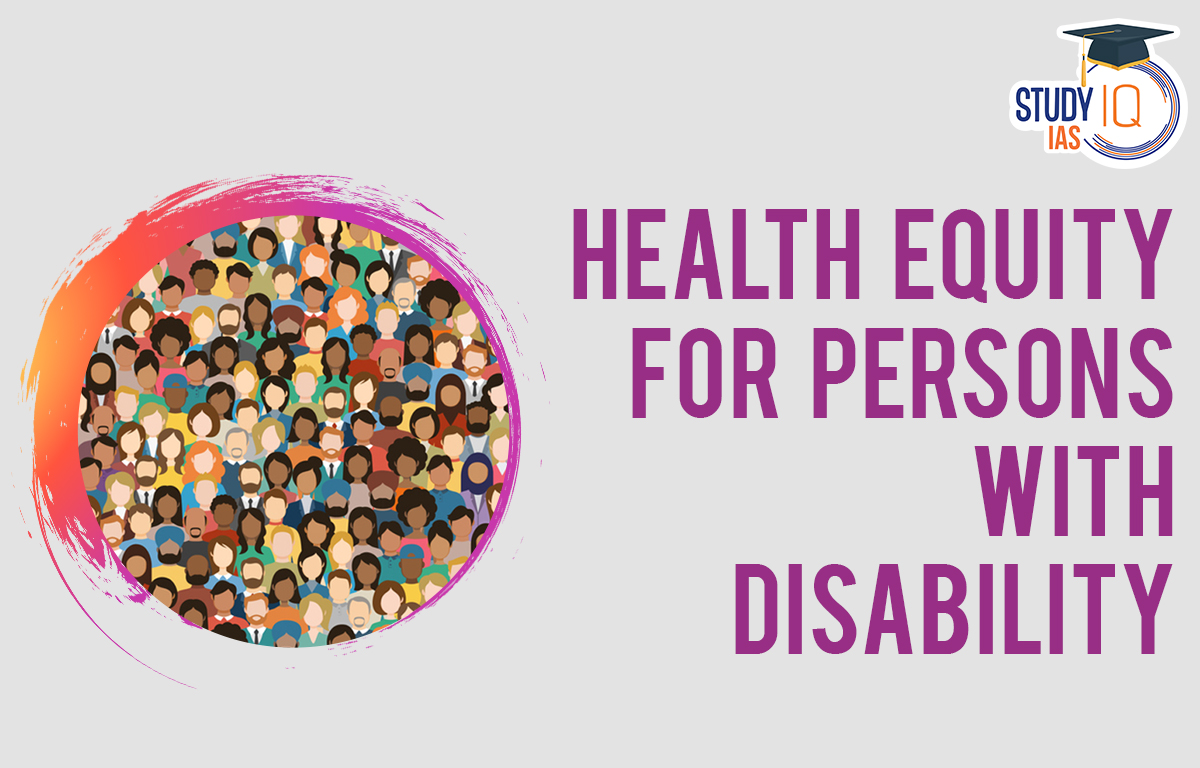Table of Contents
About Persons with Disability
United Nations Convention on the Rights of Persons with Disabilities (CRPD) describes persons with disabilities as those who have long-term physical, mental, intellectual or sensory impairments which may hinder their full and effective participation in society on an equal basis with others.
- It results from the interaction between health conditions and/or impairments that a person experiences, such as dementia, blindness or spinal cord injury, and a range of contextual factors related to different environmental and personal factors such as societal attitudes, access to infrastructure, discriminatory policies, age, or gender.
Disability is part of being human and integral to the human experience.
Persons with disabilities are part of human diversity, and although often referred to as a single population, they are a very diverse group of people.
- They have an equal right as any person to the highest attainable standard of health.
Major Findings in the Report
People with disabilities have a higher risk of early death and illness compared to others, due to systemic and pervasive health disparities.
As of 2021, approximately 1.3 billion people – about 16% of the global population – experience disability.
People with disabilities have high risk of contracting chronic illnesses like asthma, depression, diabetes, obesity, dental disorders and stroke
Factors which account for many of the variations in health outcomes:
- Hostile attitudes of healthcare providers
- Non-comprehensible health information formats
- Physical barriers, lack of transportation, or financial constraints that prevent access to a health centre.
Role of State: It is an obligation of the state, through their health sector in coordination with other sectors, to address existing health inequities so that persons with disabilities can enjoy their inherent right to the highest attainable standard of health.
- The obligation is an international law of human rights.
Challenging Task: Addressing health inequities may be difficult as an estimated 80 per cent of people with disabilities reside in low and middle-income countries with limited resources.
Significance of Addressing Health Inequities:
Health equity is inherent to the pursuance of Universal Health Coverage (UHC).
Countries can make faster progress in improving the health and well-being of their population through cross-sectoral public health interventions that are inclusive and provided in an equitable manner.
Advancing health equity for persons with disabilities is a central component of all efforts to protect populations in health emergencies.
Way Forward:
Investing in health equity for persons with disabilities: It means investing in Health for All, to ensure equitable access to people with disability.
- For example, there could be nearly US$ 10 return per US$ 1 spent on implementing disability inclusive prevention and care for non-communicable diseases.
Ensuring Participation: People with disabilities must be able to participate fully and effectively in all facets of society and to instil inclusion, accessibility and non-discrimination in the medical field.
Need for immediate action to address the significant health disparities brought on by unfair and unjust conditions in health systems.
Report recommends 40 steps for governments to implement in the health sector:


 Daily Quiz 11 July 2025
Daily Quiz 11 July 2025
 Operation Baam: Baloch Separatist Group ...
Operation Baam: Baloch Separatist Group ...
 Article 326 and Electoral Roll Revision ...
Article 326 and Electoral Roll Revision ...





















